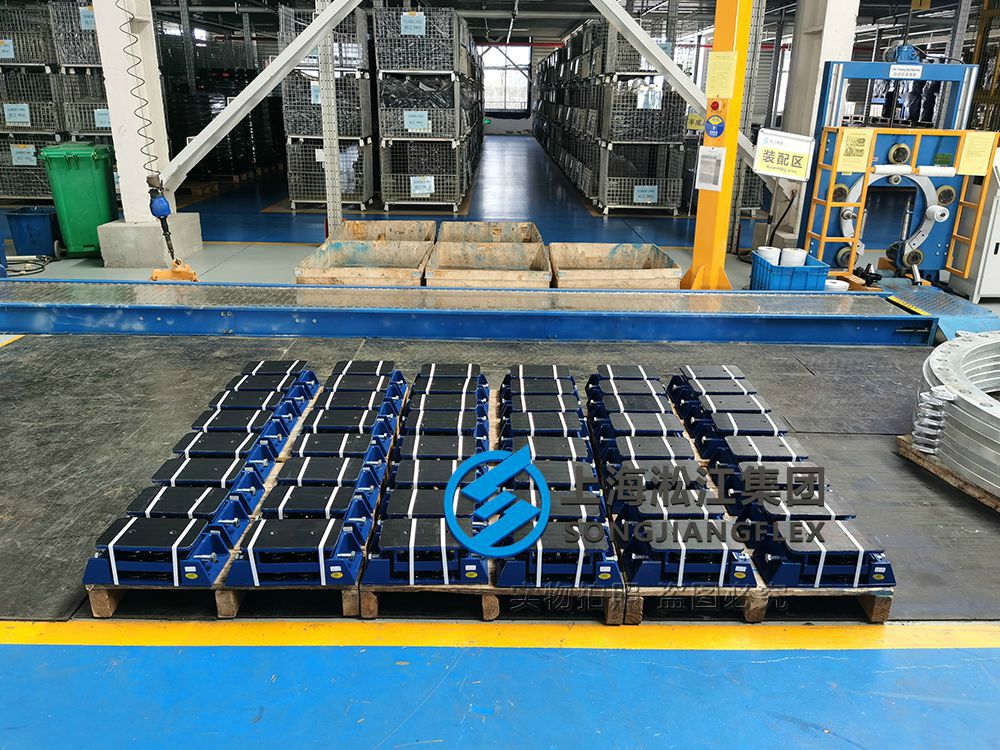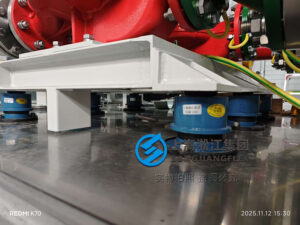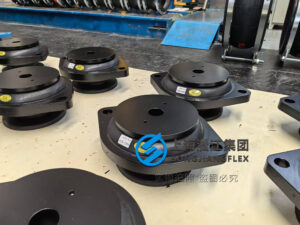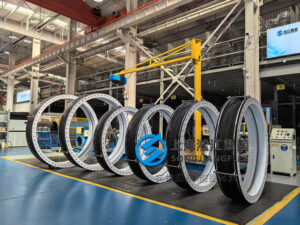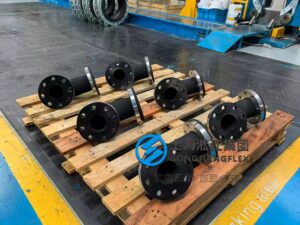In modern industrial plants, energy stations, and commercial buildings, vibration and noise control have become critical to ensure safe operation, reduce maintenance costs, and improve comfort. Recently, a European client customized boiler vibration isolators, cooling tower vibration isolators, and central air conditioning unit vibration isolators for their new energy project. By applying spring vibration isolators, the client successfully reduced noise interference and extended the lifespan of their equipment.
Why Boiler Vibration Isolators Are Essential?
Boilers, especially steam boilers and hot water boilers, generate strong vibrations due to combustion and water circulation. These vibrations, if not controlled, can damage foundations and transfer noise throughout the building.
Common types of boiler vibration isolators include:
-
Gas boiler vibration isolators
-
Steam boiler vibration isolators
-
Hot water boiler vibration isolators
-
Industrial boiler room vibration isolation solutions
Frequently asked questions:
-
Which vibration isolator should I use for a boiler? → Floor-mounted spring vibration isolators are the best solution.
-
How can I reduce overall boiler room vibration? → Combine spring vibration isolators with rubber pads for enhanced performance.
(SEO keywords: boiler vibration isolator, steam boiler vibration isolator, boiler room vibration solution, industrial boiler noise reduction)
Cooling Tower Vibration Isolators for Rooftop Applications
Cooling towers are major vibration sources, especially in rooftop or steel structure installations. The fan and motor often create resonance that can affect the entire building.
Types of cooling tower vibration isolators include:
-
Open cooling tower vibration isolators
-
Closed cooling tower vibration isolators
-
Cross-flow cooling tower vibration isolators
-
Rooftop cooling tower vibration isolation solutions
Frequently asked questions:
-
Why is my rooftop cooling tower vibrating excessively? → Use heavy-duty spring vibration isolators with limit devices.
-
How long does a cooling tower isolator last? → High-quality isolators can last 10+ years.
(SEO keywords: cooling tower vibration isolator, rooftop cooling tower vibration solution, cooling tower noise reduction, cooling tower vibration isolator installation)
Central Air Conditioning and Chiller Vibration Isolation
Central HVAC systems are another common vibration source in large buildings. Spring isolators are widely used with chillers, AHUs, FCUs, and rooftop air handling units.
Applications include:
-
Air-cooled chiller vibration isolators
-
Water-cooled chiller vibration isolators
-
Air handling unit vibration isolators
-
Suspended fan coil unit vibration isolators
Frequently asked questions:
-
Which isolator should I use for a water-cooled chiller? → Floor-mounted or multiple spring isolators.
-
Can suspended FCUs use spring isolators? → Yes, hanging spring isolators provide excellent noise and vibration reduction.
(SEO keywords: chiller vibration isolator, central air conditioning vibration isolator, HVAC vibration isolator, fan coil vibration isolator, AHU vibration isolation solution)
Other Equipment Vibration Isolator Applications
Besides boilers, cooling towers, and central HVAC systems, spring vibration isolators are also critical for:
-
Diesel generator vibration isolators – prevent vibration from reaching the foundation
-
Air compressor vibration isolators – reduce noise and running impact
-
Vacuum pump hanging isolators – isolate vibration in suspended pipelines
-
Multistage pump / screw pump isolators – minimize water hammer effects
-
Centrifugal fan and axial fan vibration isolators – ensure stable fan operation
(SEO keywords: diesel generator vibration isolator, water pump vibration isolator, compressor vibration isolator, vacuum pump vibration isolator, fan vibration isolator, equipment vibration damping solution)
Conclusion
Spring vibration isolators are essential for boilers, cooling towers, HVAC units, chillers, generators, pumps, compressors, and fans. By choosing the right type—floor-mounted, wall-mounted, suspended, or multi-spring designs—customers can achieve maximum vibration and noise reduction. Proper installation not only extends equipment service life but also provides a quieter and safer operating environment.

